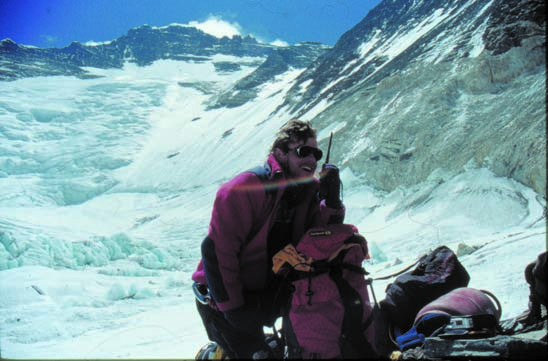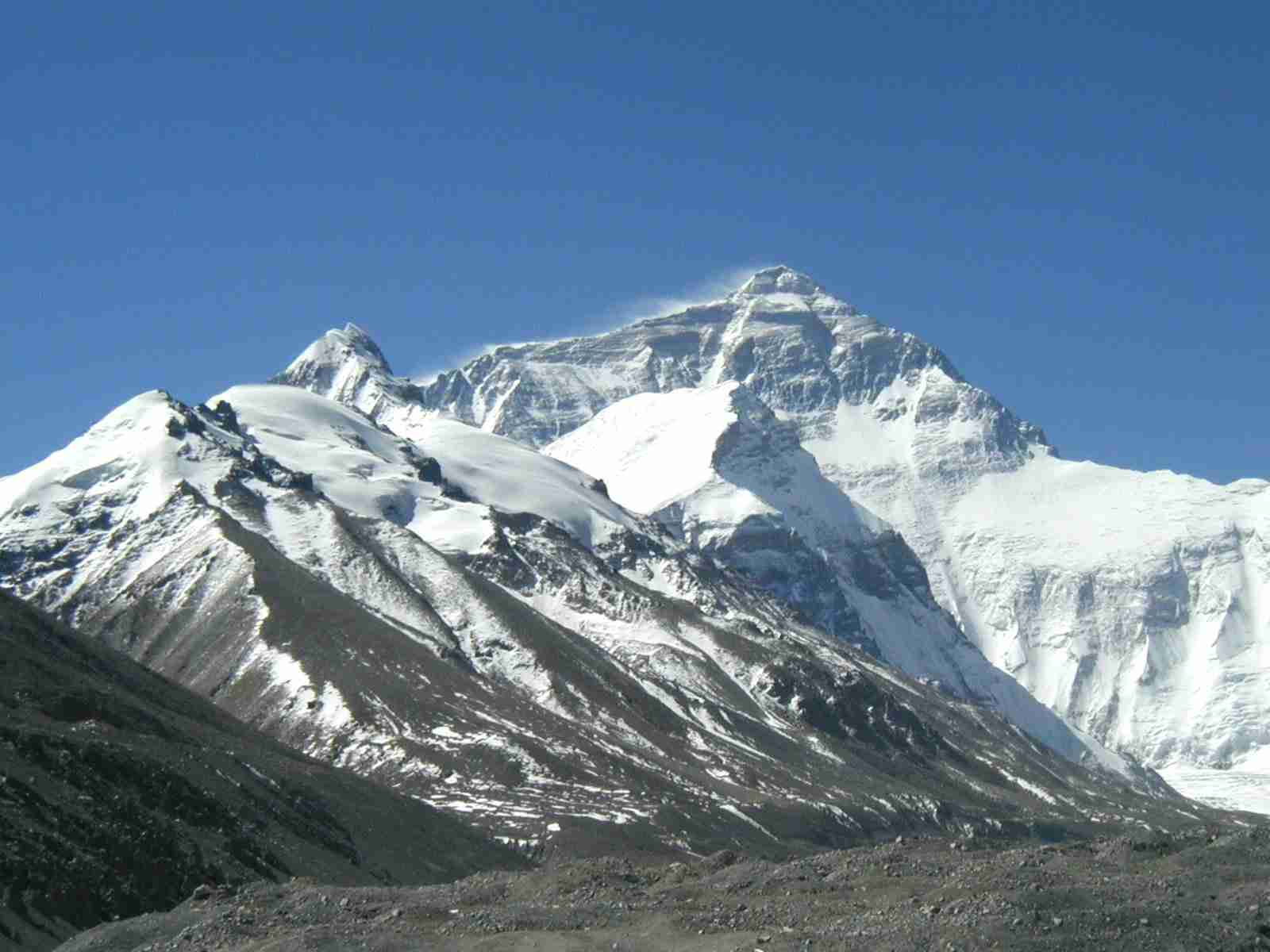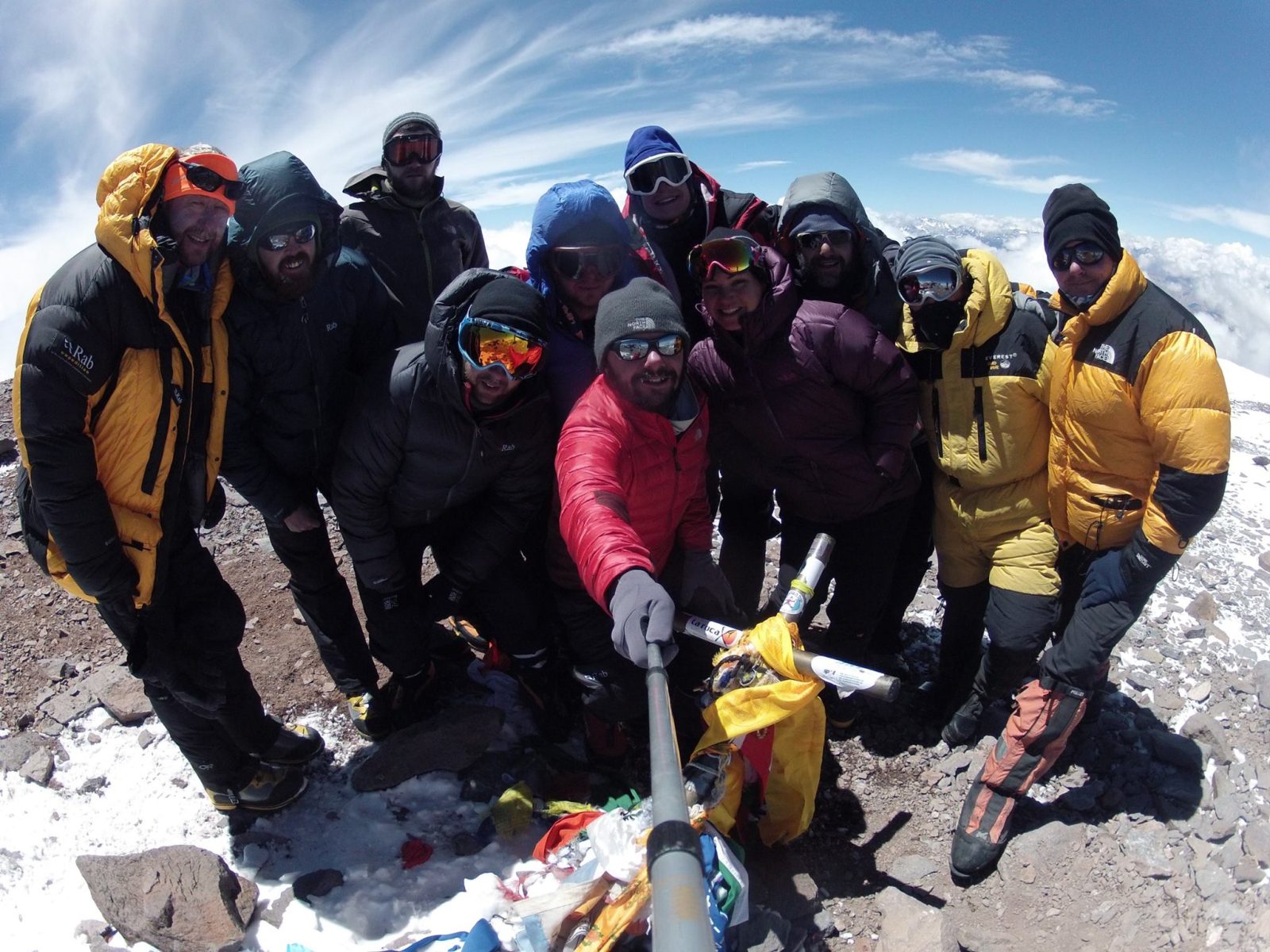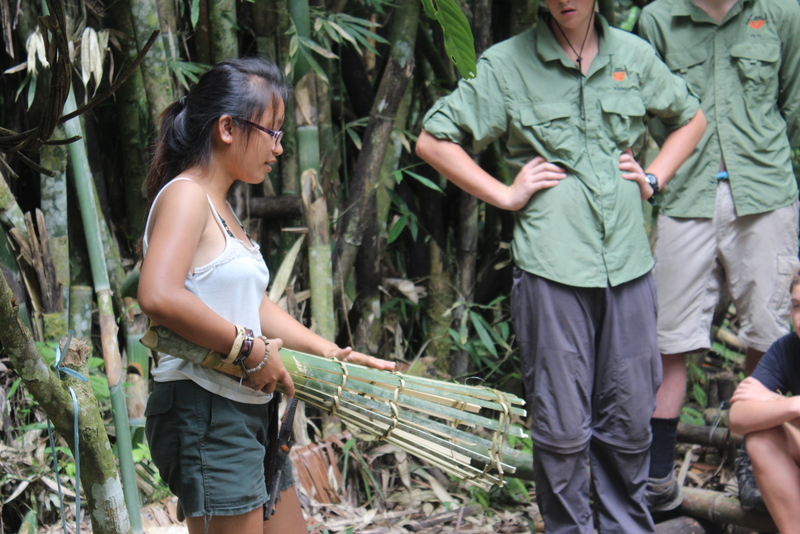
Nepal Trek Emergencies
NEPAL TREK EMERGENCIES
The great mountaineer Alex Lowe once said that the best mountaineer was the one having the most fun. This holiday to Nepal will provide a lot of that but it is still a trip a trip into the mountains and we take your security very seriously at Adventure Alternative.
Primarily it is important to remember that trekking in Nepal is not an experience in solitude, there are a lot of people around including your own team members, Sherpas, porters, villagers and medical clinics. There is a very good clinic run by the Himalayan Rescue Association in Pheriche which you are well advised to visit.
IT IS IMPORTANT TO REMEMBER SOME RULES FOR YOUR SAFETY WHILE TREKKING IN THE HIMALAYAS:
1) Go slowly and take a full day for the hike rather than get there as fast as possible.
2) Drink lots of liquid.
3) Always give way to yaks right of way and when you meet one on a path with a drop to one side, always stand on the uphill side.
4) Don’t get caught out with inadequate clothing to cope with a rapid change in weather. This is the high Himalaya and a clear bright morning does not mean the same in the afternoon.
5) Do not wander off by yourself and always make sure people know where you are. Anything can happen and a slip on scree or moraine can mean getting cold very quickly while waiting for someone to come and help.
6) Part of the trek is on lateral moraine and then on the Khumbu glacier itself and some places are slippery. There is no need for crampons but simple care where you are walking is important.
7) Remember that the best approach to safety is to prevent an accident happening in the first place.
One of the most important contributors to a medical provision in the Khumbu valley, in particular, is the Himalayan Rescue Association (HRA).The HRA is a voluntary non-profit organization formed in 1973 with an objective to reduce casualties in the Nepal Himalayas. The HRA has an aid post at the village of Pheriche (4250m) which is served by a helipad and has a permanent building as its clinic. During the main climbing season in April/May, there is also an HRA station run by volunteer doctors at Everest Base Camp. This is housed in tented accomodation and each year all the expeditions muck in to construct a helipad nearby.
The only two methods of travel mostly are on foot or by helicopter once in the mountains. Obviously certain medical conditions are either so debilitating or urgent that the first option is not practicable as an evacuation method. Helicopter evacuation is very expensive and is also dependent on favourable weather conditions. Many of the helicopters are working at the limit of their operating altitude in the higher parts of the valley. Adventure Alternative will be well placed to coordinate an efficient rescue but we must stress that there is no single definitive cost for a helicopter rescue, much depends on what else the pilot is doing in the area, how far the helicopter has to fly, where it started from and so on. The maximum is about $10,000 from Everest Base Camp itself, so your insurance should cover up to this figure specifically for rescue costs.
The helicopter company will require a payment guarantee before they fly, this will be done by your insurance provider, opening a case number and arranging the relevant exchanges of information and certification. For this purpose, it is essential that you have the right policy and provide us with all the policy details. Our staff have got mobile phones and generally, there is somewhere near with a phone signal, or else one of the staff will go to the nearest place. The safety and stability of the injured person is the job of the group and the staff and anyone nearby who can assist because sometimes it can take hours for a helicopter to arrive. Thankfully many of the trails have first aid posts along the way, but every group should be prepared to help deal with an injured person and in this case, it goes without saying that the needs of that person are more important than the trek itinerary.
It will be a matter of the helicopter company ascertaining that it is safe to fly to the relevant location and then flying the casualty to a nominated location, almost certainly a hospital in Kathmandu. The helicopter will then be met by Adventure Alternative staff who will help to coordinate any further stages in the process. The helicopter will also fly into Kathmandu airport and our staff will arrange for a car or ambulance to take the person to the hospital.
If for any reason the helicopter is unable to fly we will use our many local staff and contacts to coordinate an alternative rescue and treatment regime. Normally this means using horses or simply stretchering a person off the mountain to the nearest safe place or safe helicopter landing area. Again, this is something that will generally involve everyone.
Book Your Adventure of a Lifetime Now
Discover our trips to other Countries
Adventure Alternative Articles

12 MONTHS, 12 MOUNTAINS
Climbing Calendar Ready for World Mountain Day In celebration of World Mountain Day, we've created a calendar for the year to make it easy for...

Mount Aconcagua Trip Review
January 2016 This year we had a team of twelve clients from four different countries – Iran, Ireland, England, South Africa and Argentina –...

Alcey’s Survival Skills Course at Lupa Masa Jungle Camp
SURVIVAL SKILLS COURSE AT LUPA MASA JUNGLE CAMP | ADVENTURE ALTERNATIVE In celebration of International Rural Women’s Day, we’re talking...